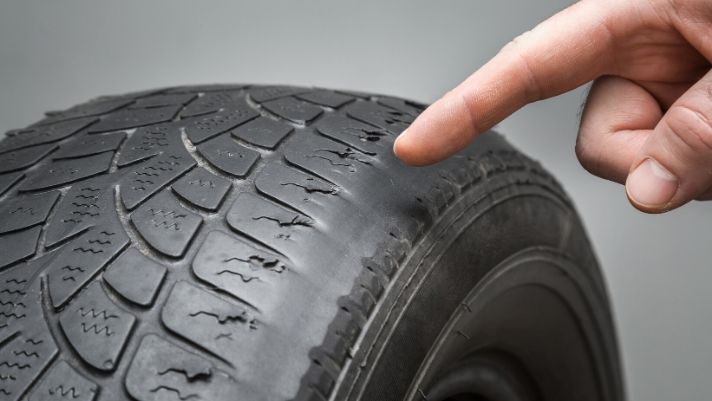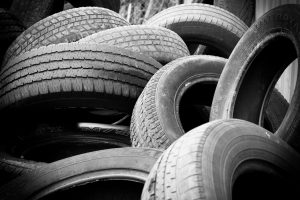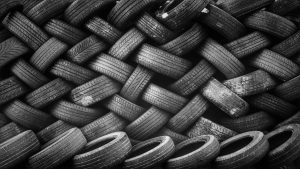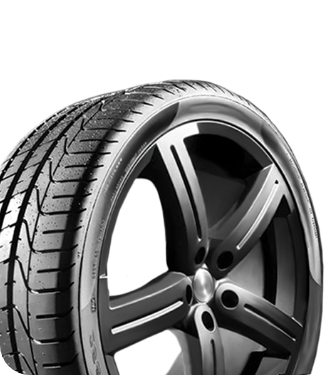

4 Common Tire Wear Patterns and Causes
Tires |Though they look basically the same at a glance, automotive tires all wear differently from one another. Even on the same vehicle, tires don’t wear evenly. To discover the most common tire wear patterns and causes, read our quick guide.
Center Wear
First, wear in the middle of your tires is a telltale sign of over-inflation. When tire pressure exceeds manufacturer recommendations, the tire bulges in the middle. This exposes a disproportionate amount of the center of the tire to the pavement, leaving the outsides relatively unworn. To avoid center wear and quicker-than-normal tire replacement, stay within your manufacturer standards, and use a pressure gauge when adding air.
Outer Wear
While over-inflation causes center wear, under-inflation leads to outer wear on both edges of the tire. It’s common practice to air down your tires to gain more traction, especially for off-roading vehicles. The principle behind it—and the reason your tire’s edges wear—is that driving with low air pressure increases the edges’ contact with the ground. Thus, the outsides carry much more load than that placed on a properly inflated tire. To decrease your risk of outer wear, keep up with tire pressure checks (about every two weeks), especially as temperatures drop leading up to the fall and winter.
Scalloped Wear
Quite different from center and outer wear, scalloped wear occurs in patches and appears cup-like. It typically originates from a faulty suspension system that doesn’t regulate your car’s vertical momentum adequately. The continual bouncing this causes results in irregular forces that scallop the tires, carving chunks from the rubber. One simple answer for scalloped tires: keep up with your suspension when you notice your ride getting bumpier. By putting off servicing, you increase your chance of scalloped tires.
Feathered Wear
Feathered wear is a tad less intuitive. When your wheels are in poor alignment—causing one corner of the tread to wear roughly, while the other stays smooth and seemingly untouched—feathering develops. Depending on whether the tire feels rough towards the outside or towards the inside determines whether the toe angle is in or out, respectively. If you experience an alignment-shifting collision of any kind, bring your vehicle to a mechanic quickly to be serviced to prevent significant feathered wear. While these common tire wear patterns and causes can help you prevent future irregular wear, you may need tires now. Contact RNR Tire Express, an OKC tire store, for new tires or to talk with one of our knowledgeable staff members.





